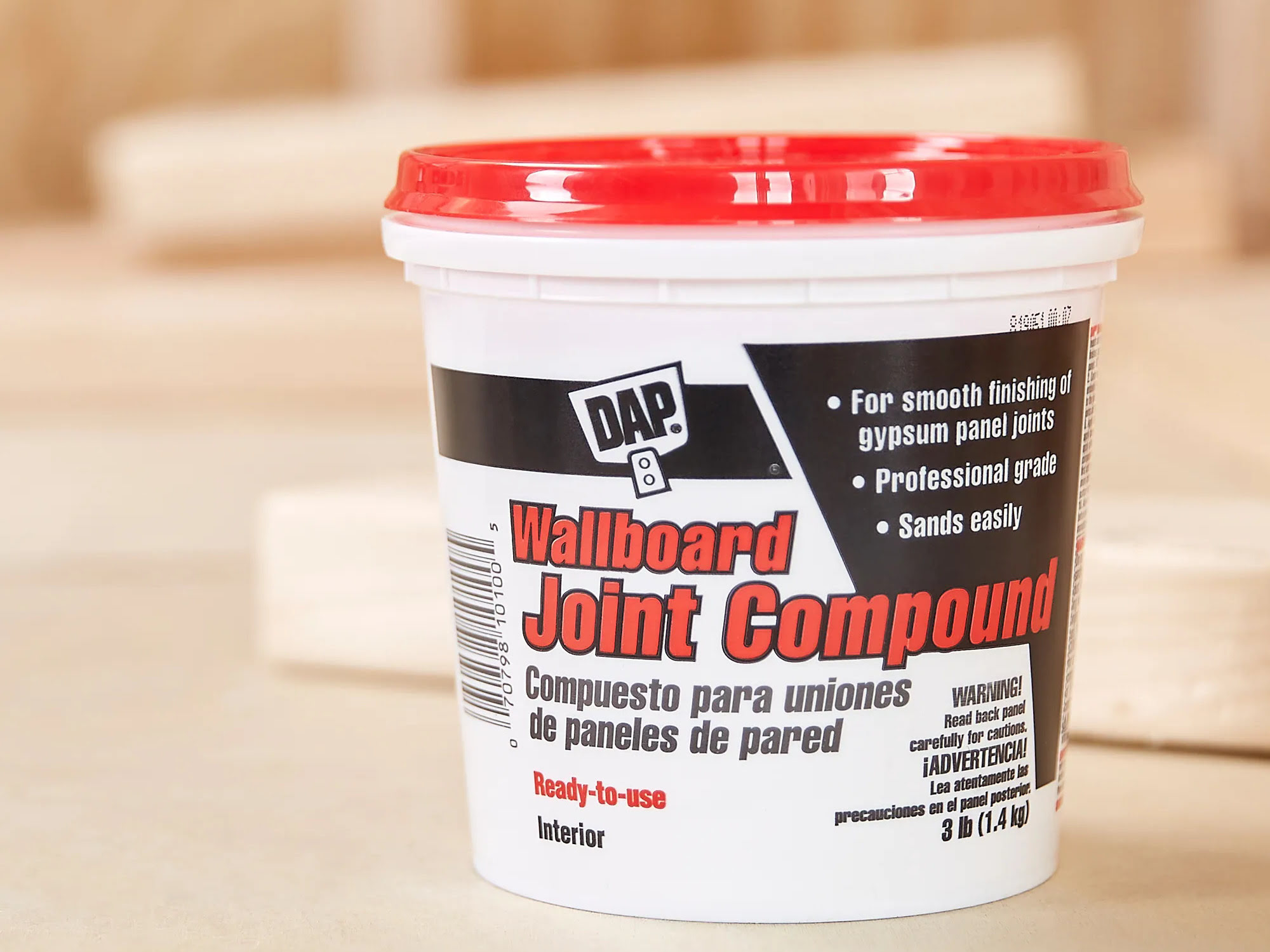

Articles
How To Store Joint Compound
Modified: December 7, 2023
Learn the best practices for properly storing joint compound and keeping it fresh for your next project. Read our informative articles on how to store joint compound effectively.
(Many of the links in this article redirect to a specific reviewed product. Your purchase of these products through affiliate links helps to generate commission for Storables.com, at no extra cost. Learn more)
Introduction
Proper storage of joint compound is crucial in maintaining its effectiveness and prolonging its shelf life. Whether you are a professional contractor or a DIY enthusiast, ensuring that your joint compound is stored correctly will not only save you money but also ensure that the product performs optimally when you need it.
Joint compound, also known as drywall mud or spackle, is a versatile material commonly used for filling gaps, cracks, and seams in drywall installations. It is made of various ingredients, including gypsum powder, polymers, and binders, which, when mixed with water, create a smooth and pliable texture that is easy to work with.
Proper storage of joint compound is essential because it can be affected by factors such as temperature, humidity, and exposure to air. Failing to store it correctly can lead to a compromised product, making it difficult to spread, prone to cracking, or even unusable.
In this article, we will explore the importance of proper storage for joint compound and provide you with practical tips on how to store it effectively to maximize its shelf life and ensure optimal performance when you need it most. So, let’s dive in and discover the best practices for storing joint compound!
Key Takeaways:
- Proper storage of joint compound is crucial to maintain its consistency, prevent contamination, and extend its shelf life, ensuring optimal performance for future projects.
- Choosing the right container, preparing the compound for storage, and following proper storing techniques are essential for maximizing the shelf life of joint compound and achieving professional results.
Read more: When To Use Spackle Vs Joint Compound
Importance of Proper Storage
The proper storage of joint compound is essential for maintaining its quality and effectiveness. Here’s why it is important to store your joint compound correctly:
1. Preserve Consistency: Joint compound is designed to have a specific consistency that allows for easy application and smooth finish. Improper storage can cause the compound to dry out or become excessively moist, affecting its workability. By storing it properly, you can ensure that the compound maintains its desired consistency, making it easier to spread and reducing the risk of cracking or uneven drying.
2. Prevent Contamination: Joint compound can easily become contaminated if not stored correctly. Exposure to dust, debris, or foreign particles can compromise the quality of the compound, making it difficult to achieve a smooth finish on your drywall. By utilizing proper storage techniques, such as sealing the container tightly and keeping it away from potential contaminants, you can preserve the integrity of the joint compound.
3. Extend Shelf Life: Joint compound has a limited shelf life, typically ranging from 6 months to 2 years, depending on the type and brand. However, proper storage can help extend its shelf life and ensure that it remains usable for a longer period. This can save you money as you won’t have to frequently replace expired or spoiled joint compound.
4. Reduce Waste: When joint compound is not stored properly and becomes unusable, it leads to unnecessary waste. By taking the time to store it correctly, you can reduce the likelihood of spoilage, ensuring that you get the most out of your purchase.
5. Maintain Performance: Joint compound that has been stored correctly will perform better when applied to your drywall. It will have the desired consistency, be easier to spread, and result in a smoother finish. This is crucial for achieving professional-looking results, whether you are working on a small repair or a large-scale project.
By understanding the importance of proper storage, you can ensure that your joint compound remains in optimal condition, ready to be used whenever you need it. Next, we will discuss the factors you should consider when storing joint compound.
Factors to Consider
When it comes to storing joint compound, there are several factors that you should consider to maintain its quality and effectiveness. Here are the key factors to keep in mind:
1. Temperature: Joint compound should ideally be stored in a cool, dry place. Extreme temperatures can affect the consistency and performance of the compound. Avoid storing it in areas where temperatures fluctuate significantly, such as attics or basements, as this can cause the compound to become too dry or too moist.
2. Humidity: Excessive humidity can cause joint compound to become soft and difficult to work with. It can also lead to mold growth within the container. Ensure that the storage area has adequate ventilation and is not prone to high humidity levels.
3. Exposure to Air: Moisture in the air can affect the quality of joint compound over time. Always seal the container tightly after each use to minimize exposure to air. If the compound comes in a resealable bag, make sure to squeeze out any excess air before sealing it.
4. Light Exposure: It is best to store joint compound in a dark or opaque container to prevent exposure to light. Light can cause the compound to deteriorate and lose its effectiveness. If the compound comes in a translucent container, consider placing it in a cardboard box or a storage cabinet to shield it from light.
5. Container Type: The type of container you choose for storing joint compound is crucial. Opt for an airtight or resealable container that can effectively protect the compound from air, moisture, and contaminants. Plastic buckets with tight-fitting lids or sealed plastic bags are commonly used for storing joint compound.
6. Labeling: Properly label your stored joint compound with the date of purchase or the date it was opened. This will help you keep track of its shelf life and ensure that you use the oldest compound first. Additionally, having clear labels will prevent confusion and potential misuse of different compounds.
By considering these factors and implementing the appropriate storage practices, you can significantly extend the shelf life of your joint compound and maintain its quality. Next, we will discuss how to choose the right container for storing joint compound.
Choosing the Right Container
When it comes to storing joint compound, selecting the right container is essential to ensure its longevity and quality. Here are some factors to consider when choosing a container:
1. Airtightness: Look for a container that provides an airtight seal to prevent air and moisture from entering. This will help maintain the integrity of the joint compound and prevent it from drying out or becoming excessively moist. Plastic buckets or containers with tight-fitting lids are excellent options for storing joint compound.
2. Material: Consider the material of the container and choose one that is resistant to moisture and contaminants. Plastic containers are commonly used for storing joint compound because they are lightweight, durable, and provide a good barrier against moisture and other elements that can compromise the compound.
3. Size: Choose a container that is appropriate for the amount of joint compound you need to store. It should have enough space to accommodate the compound without any overflow. However, avoid using excessively large containers, as they can trap air and lead to faster spoilage of the compound.
4. Translucency: If possible, opt for an opaque or dark-colored container to prevent light exposure. Light can degrade the quality of the joint compound over time. If the container is translucent or transparent, consider placing it in a storage cabinet or wrapping it in an opaque material to minimize light exposure.
5. Easy Accessibility: Select a container that allows for easy access to the joint compound. Consider containers with wide openings or resealable designs that make it convenient to measure and scoop out the desired amount of compound when needed.
6. Labeling: Properly label the container with the date of purchase or the date the compound was opened. This will help you keep track of its shelf life and use it in a timely manner. Clear labels also prevent confusion and help you identify different types of joint compound if you have multiple containers.
By choosing the right container for storing joint compound, you can effectively protect it from air, moisture, and contaminants, ensuring its longevity and usability. Next, we will discuss the necessary preparations before storing joint compound.
Store joint compound in a cool, dry place, away from direct sunlight and extreme temperatures. Keep the lid tightly sealed to prevent drying out. If storing for an extended period, consider adding a layer of plastic wrap under the lid for extra protection.
Preparation for Storage
Before you store joint compound, it is important to take a few preparatory steps to ensure its quality and longevity. Here are some key preparations to consider:
1. Clean the Container: If you are reusing a container for storing joint compound, make sure it is clean and free from any residue or contaminants. Wash the container thoroughly with soap and water, and allow it to dry completely before transferring the joint compound. This will help prevent any cross-contamination that could affect the quality of the compound.
2. Check for Clumps or Hardened Areas: Before storing the joint compound, inspect it for any clumps or areas that have hardened. These can impact the workability and smoothness of the compound. If you come across any clumps or hardened portions, use a mixing paddle or a hand tool to break them up and restore the compound to its desired consistency.
3. Remove Air from Packaging: If the joint compound comes in a resealable bag, squeeze out any excess air before sealing it. This will help prevent the compound from drying out or becoming too dense. Removing air from the packaging will maintain the proper consistency of the compound and prolong its shelf life.
4. Check Shelf Life: Take note of the expiration date or shelf life of the joint compound. Different brands and types of joint compound have varying shelf lives. Be mindful of the date of purchase, as well as the recommended shelf life specified by the manufacturer. If the compound is close to or past its expiration date, consider using it soon or replacing it with a fresh batch.
5. Organize and Label: Keep your joint compound storage area organized by categorizing and labeling different types or brands of joint compound. Properly label each container with its contents and the date it was opened or purchased. This will help you easily identify and access the specific joint compound you need for your projects, preventing confusion or misuse.
By preparing your joint compound for storage and ensuring it is in the best possible condition, you can maintain its quality and extend its shelf life. Next, we will explore the proper techniques for storing joint compound.
Read more: How To Store A Compound Bow
Storing Joint Compound
Properly storing joint compound is essential to maintain its usability and prevent spoilage. Follow these guidelines to store joint compound effectively:
1. Seal the Container: Ensure that the container holding the joint compound is tightly sealed to prevent any air or moisture from entering. If the original packaging is not resealable, transfer the compound into an airtight plastic bucket or a sealed plastic bag. This will protect the compound from drying out or becoming excessively moist.
2. Store in a Cool, Dry Place: Find a cool and dry area to store the joint compound. Fluctuations in temperature and humidity can impact the compound’s consistency and quality. Avoid storing it in spaces that are prone to extreme temperature changes, such as attics or basements. An ideal storage location is a temperature-controlled room or a cupboard away from direct sunlight.
3. Keep Away from Contaminants: Ensure that the storage area is clean and free from any dust, dirt, or debris. Joint compound is susceptible to contamination, which can affect its performance. Store it away from areas where construction or other messy activities take place. Keep the compound elevated on a shelf or in a cabinet to protect it from potential spills or damage.
4. Avoid Freezing: Do not expose joint compound to freezing temperatures. Freezing can alter the consistency and texture of the compound, rendering it unusable. If you live in a region with freezing temperatures, store the joint compound indoors where the temperature is regulated.
5. Stack Properly: Stack stored containers of joint compound in a stable and organized manner to prevent any accidental spills or damage. Make sure the heaviest containers are on the bottom to avoid any shifting or toppling.
6. Regularly Check for Contamination: Periodically inspect the stored joint compound for any signs of contamination, such as mold growth or any foreign substances. If you notice any issues, discard the affected compound, clean the container and surrounding area, and replace it with fresh joint compound.
By following these storing techniques, you can ensure that your joint compound remains in optimal condition for future use. However, it’s important to note that joint compound does have a limited shelf life, and storing it correctly can only prolong its usability. Next, we will share some tips for prolonging the shelf life of joint compound.
Tips for Prolonging Shelf Life
While proper storage is essential for preserving the shelf life of joint compound, there are a few additional tips you can follow to extend its usability and effectiveness:
1. Use a Clean Mixing Container: When preparing the joint compound for use, always mix it in a clean container. This will prevent any contamination from entering the compound and affecting its quality. Additionally, ensure that your mixing tools are clean and free from any previous residue.
2. Avoid Over-Mixing: While it’s important to mix the joint compound thoroughly, be cautious not to over-mix it. Over-mixing can introduce excess air into the compound, leading to faster drying and reduced workability. Follow the manufacturer’s instructions for the recommended mixing time.
3. Use Clean Tools: When applying joint compound onto the surface, use clean tools such as trowels or putty knives. Contaminated tools can introduce impurities into the compound, affecting its smoothness and ability to adhere properly.
4. Properly Reseal Opened Containers: After each use, make sure to tightly reseal the container to minimize air exposure. Leaving the container open can cause the compound to dry out or absorb moisture from the environment, which may affect its consistency and performance.
5. Store Unopened Containers Upside Down: For unopened containers of joint compound, consider storing them upside down. This can create an airtight seal and prevent air from entering the container, helping to maintain the compound’s moisture content and prolong its shelf life.
6. Avoid Contamination During Use: When using joint compound, take precautions to prevent any contamination. Avoid dipping dirty tools directly into the container and minimize contact with dust or debris. This will help keep the compound clean and free from potential impurities.
Remember to refer to the manufacturer’s guidelines and recommendations for specific storage and usage instructions for the particular brand and type of joint compound you are using. By implementing these tips, you can maximize the shelf life of your joint compound and ensure it remains in the best condition for your future projects.
Conclusion
Proper storage of joint compound is vital for maintaining its effectiveness and prolonging its shelf life. By following the guidelines and tips outlined in this article, you can ensure that your joint compound remains in optimal condition, ready to be used whenever you need it.
Remember to consider factors such as temperature, humidity, and exposure to air when storing joint compound. Choose the right container that provides an airtight seal and protects the compound from contaminants. Clean and prepare the compound before storage, and label each container for easy identification.
By storing joint compound correctly, you can preserve its consistency, prevent contamination, extend its shelf life, reduce waste, and maintain its performance. Taking these extra steps will not only save you money in the long run but also ensure that your projects are executed smoothly with professional-looking results.
Always refer to the manufacturer’s instructions and recommendations for specific storage requirements. Different types and brands of joint compound may have slight variations in storage suggestions, so it’s essential to follow their guidelines to achieve the best results.
So, whether you’re a professional contractor or a DIY enthusiast, prioritize proper storage for your joint compound. By doing so, you’ll have a reliable, high-quality product at your disposal, ready to tackle any drywall repair, seam filling, or installation project that comes your way.
Frequently Asked Questions about How To Store Joint Compound
Was this page helpful?
At Storables.com, we guarantee accurate and reliable information. Our content, validated by Expert Board Contributors, is crafted following stringent Editorial Policies. We're committed to providing you with well-researched, expert-backed insights for all your informational needs.


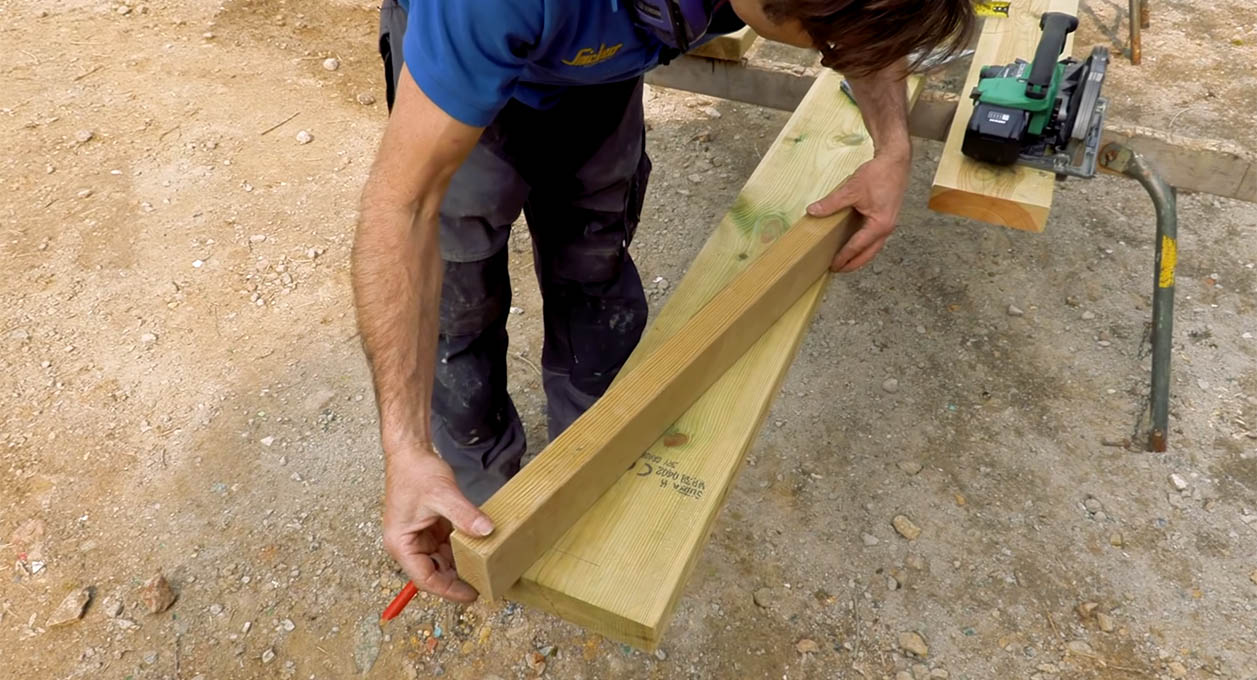

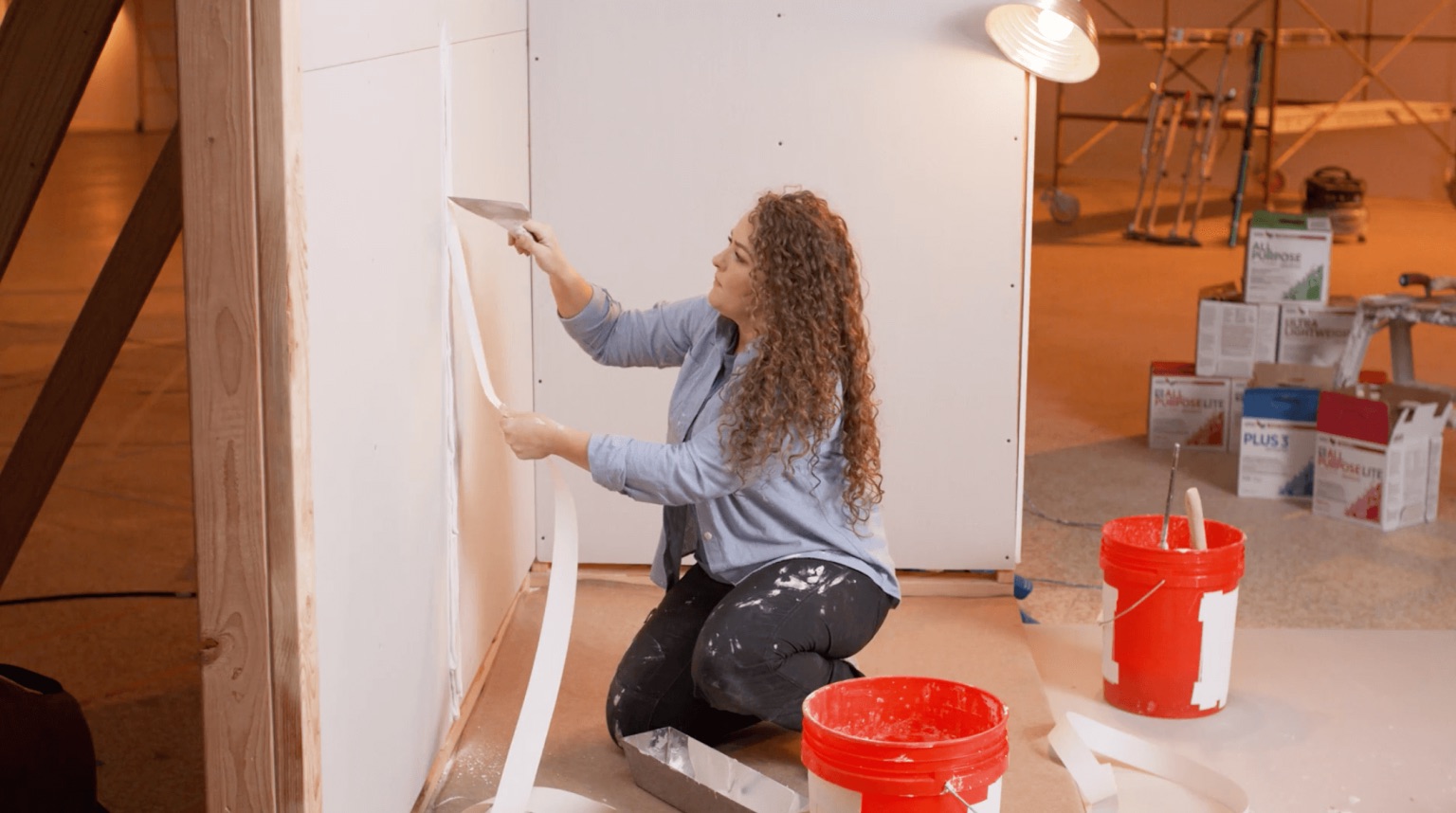
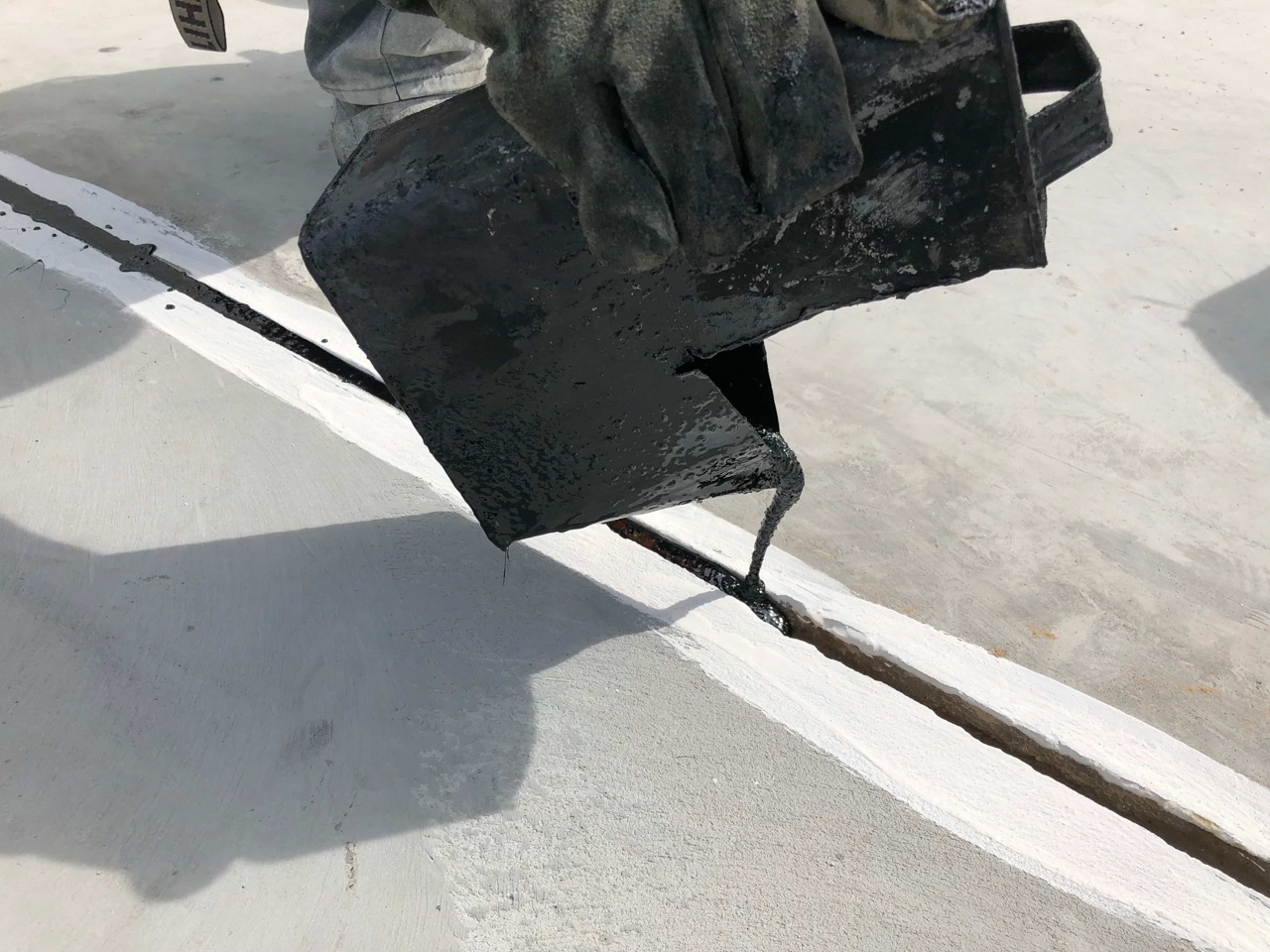
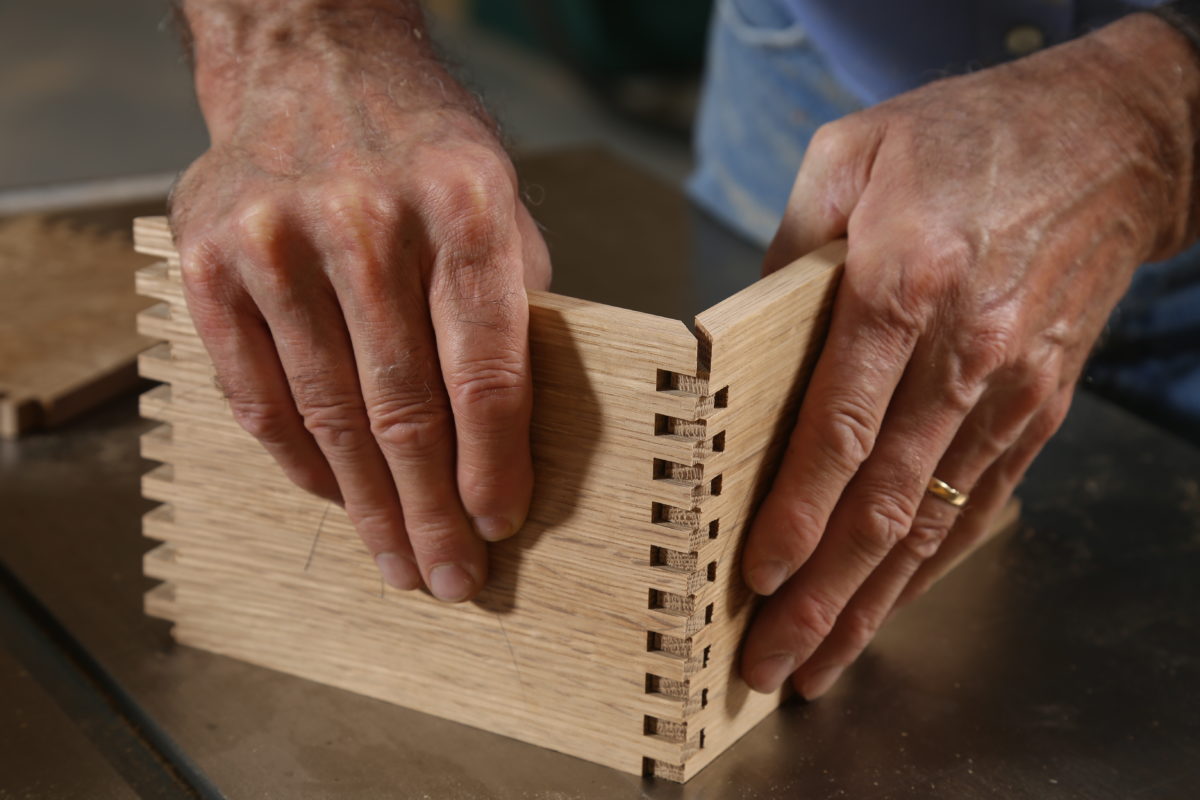
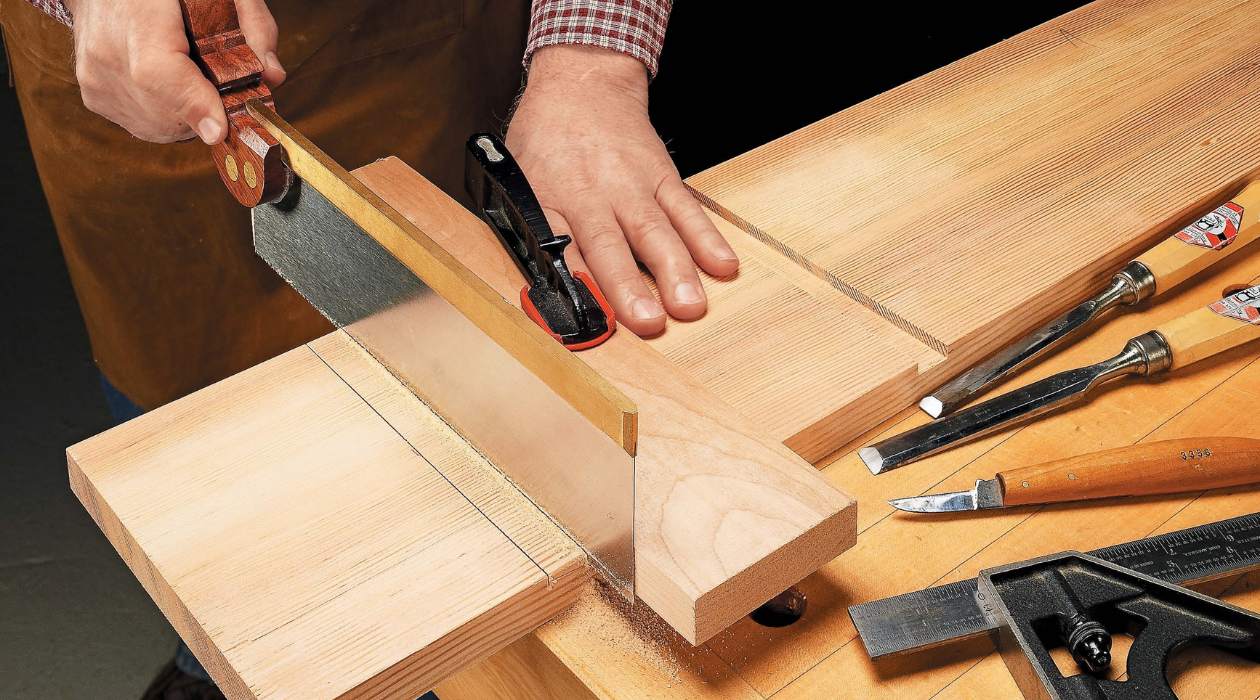
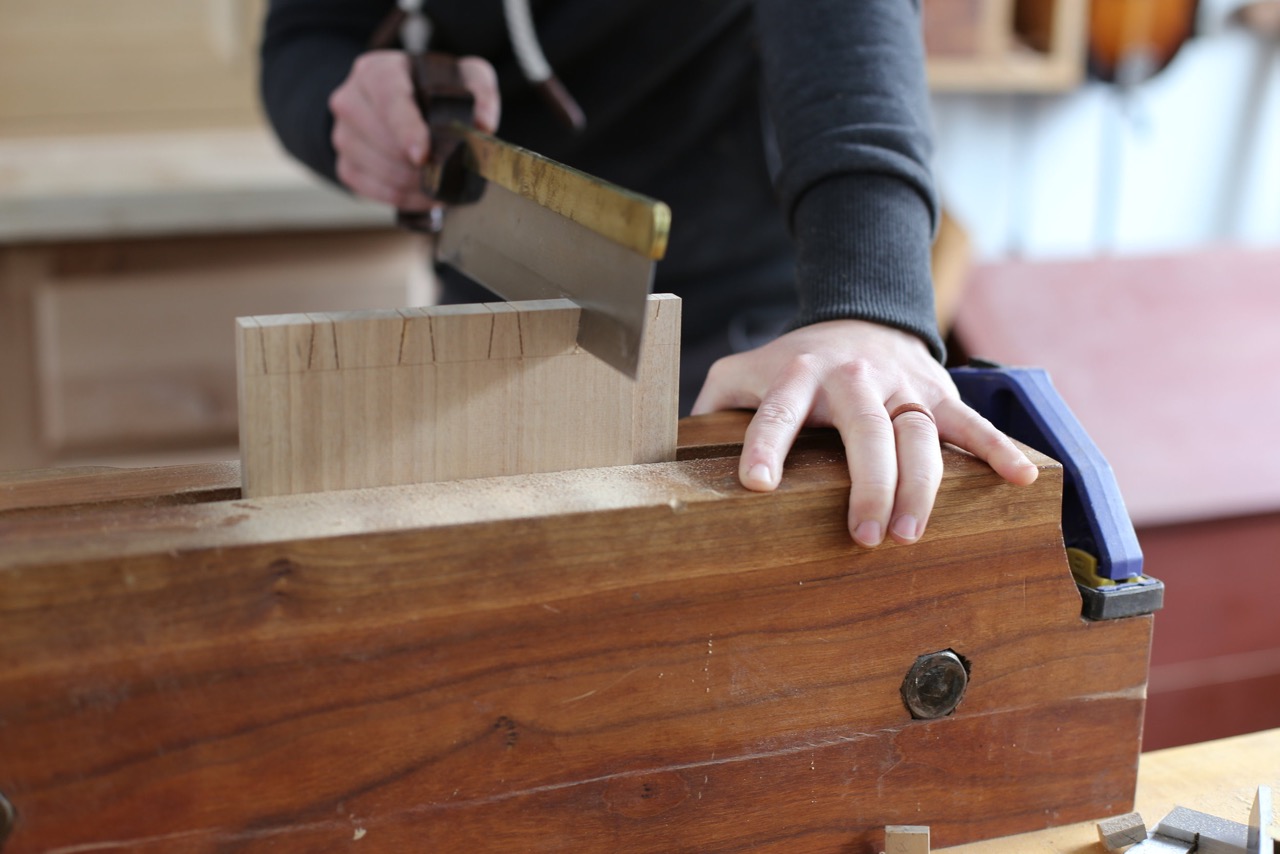
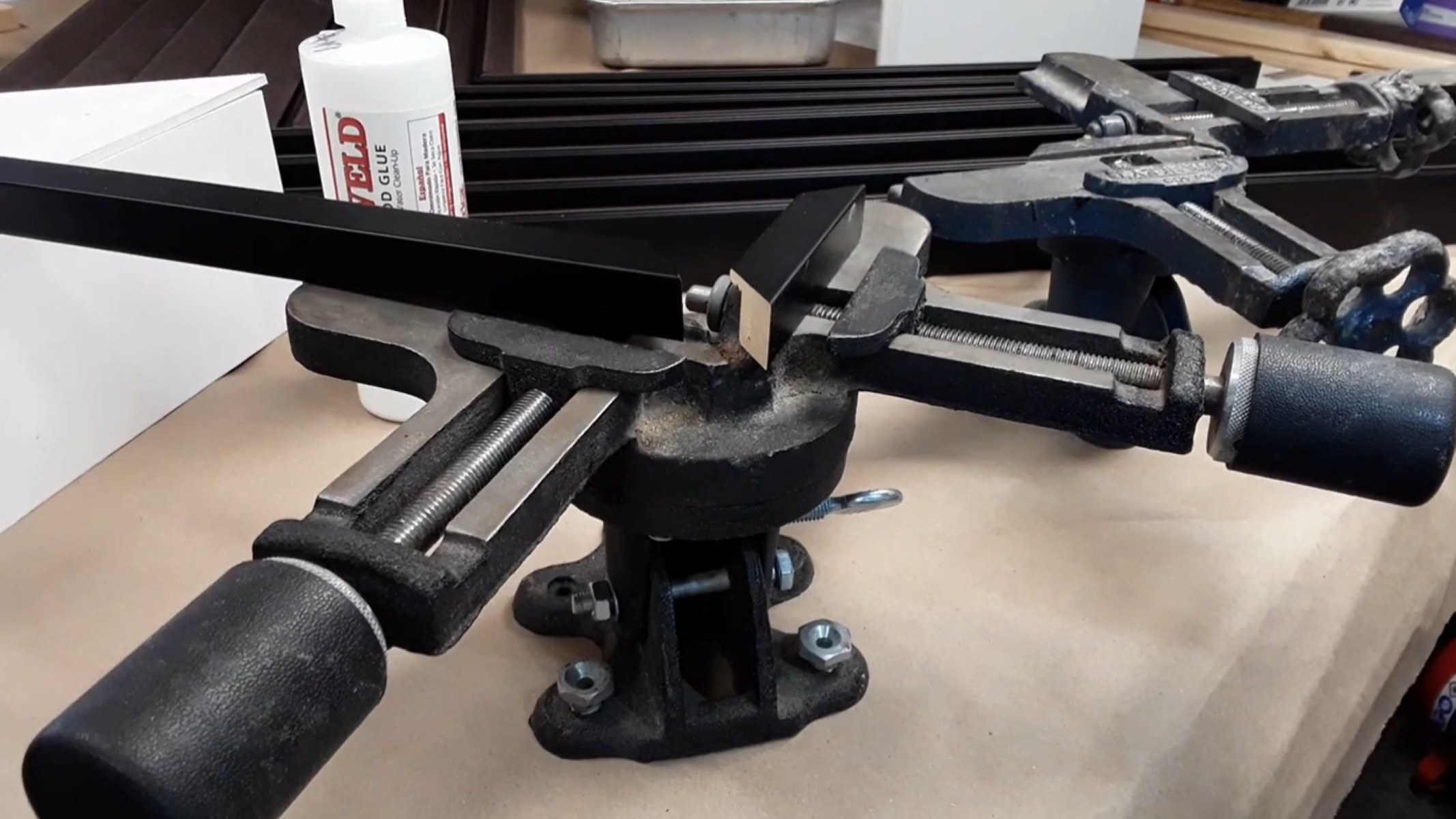
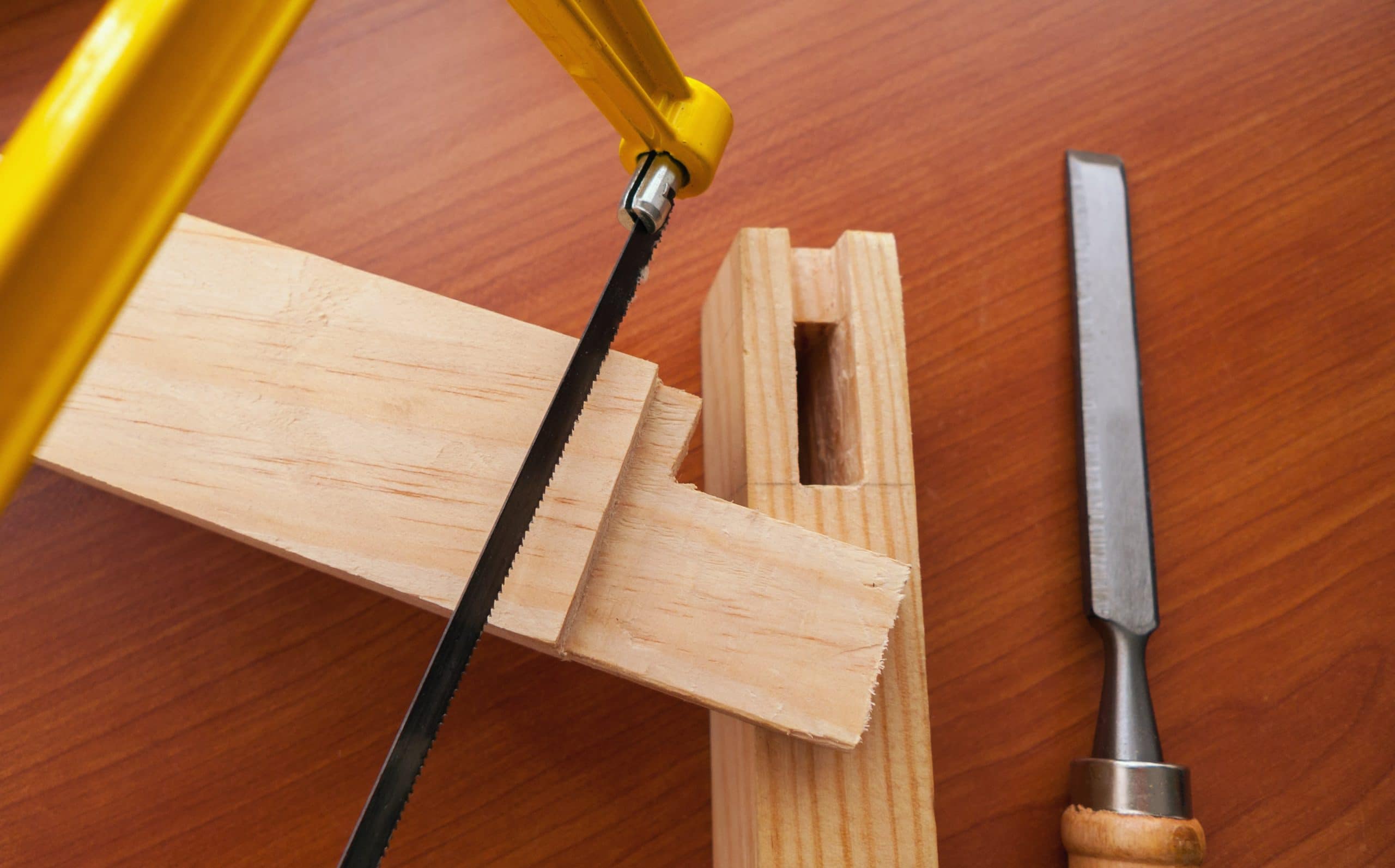




0 thoughts on “How To Store Joint Compound”